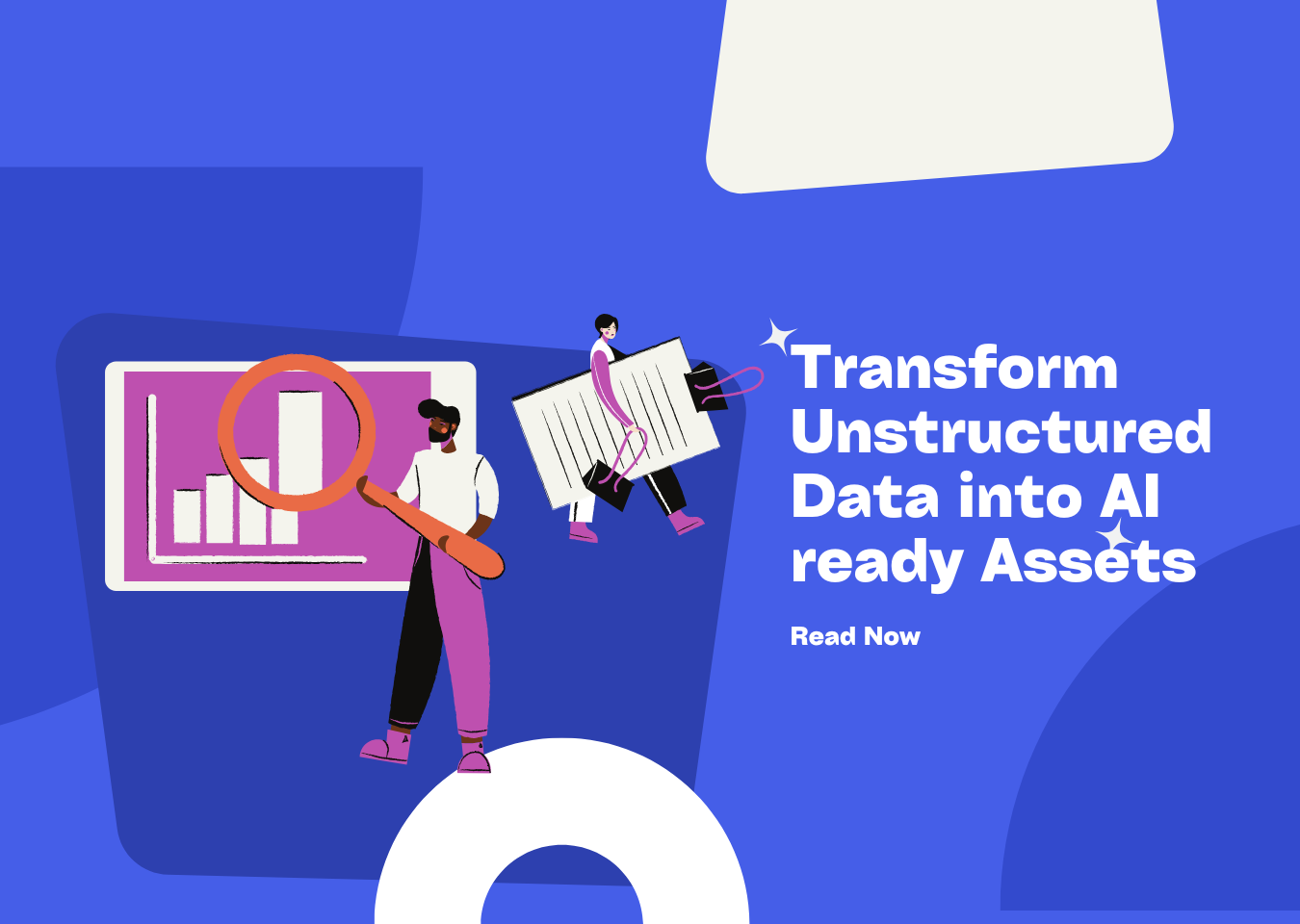Unstructured Partition PDF Processing: A Comprehensive Guide


Introduction
The growing complexity of unstructured data, such as PDFs, images, and multimodal documents, has necessitated advanced tools and techniques to extract meaningful insights. PDF files, in particular, are widely used for storing information but often lack a structured format, making data extraction challenging. Undatas.io has emerged as a powerful platform for processing unstructured documents, offering a variety of partitioning strategies to extract text, images, tables, and metadata. This article delves into the details of Unstructured’s PDF partitioning capabilities, exploring its strategies, tools, and applications in scalable document processing.
What is Partitioning in Undatas.io ?
Partitioning is the process of extracting content from raw, unstructured files and converting it into structured document elements. For PDFs, this involves breaking down the document into smaller, meaningful chunks such as text, tables, images, and metadata. The extracted elements are then classified and enriched with metadata to facilitate downstream tasks like search, analysis, and retrieval-augmented generation (RAG).
Undatas.io offers multiple partitioning strategies tailored to different document types and use cases. These strategies balance speed, cost, and quality, enabling users to choose the most suitable approach for their needs.
Key Features of Unstructured PDF Partitioning
1. Automatic Document Type Detection
The partition function in Undatas.io automatically detects the type of document being processed and selects the appropriate partitioning strategy. Users can also specify the document type manually if they are aware of it, offering flexibility and control (Elastic.co, 2023).
2. Partitioning Strategies
Undatas.io provides several partitioning strategies, each designed to handle specific document characteristics:
-
Rule-Based Workflows (Fast Strategy): These workflows are faster and cheaper but may compromise on quality. For example, the fast strategy is approximately 100 times quicker than leading image-to-text models ( Undatas.io,2023).
-
Model-Based Workflows (Hi-Res Strategy): These workflows use advanced image-to-text models, offering higher resolution and better quality. However, they are slower and more resource-intensive ( Undatas.io,2023).
-
Auto Strategy: This default strategy automatically selects the best partitioning approach based on the document’s complexity and quality ( Undatas.io,2023).
3. Chunking Strategies
Chunking is a critical step in partitioning, as it determines how the document is divided into smaller sections. Undatas.io offers several chunking strategies:
-
Basic Strategy: Combines sequential parts of the document to fill each chunk, ensuring they do not exceed a specified size. Tables are treated separately and can be split if too large (GoPenAI, 2023).
-
By Title Strategy: Preserves section and page boundaries, starting a new chunk whenever a new section or page begins. Smaller sections are combined to avoid overly small chunks (Elastic.co, 2023).
-
By Page Strategy: Ensures that content from different pages does not end up in the same chunk. This strategy is particularly useful for maintaining page-specific context (GoPenAI, 2023).
-
By Similarity Strategy: Available only in the API, this advanced method groups content based on semantic similarity, making it ideal for complex documents (Medium, 2024).
4. Table Structure Inference
For PDFs containing tables, Undatas.iocan infer table structures using the pdf_infer_table_structure=True parameter. This feature employs a combination of computer vision and Optical Character Recognition (OCR) to extract tables while preserving their layout ( Undatas.io).
5. Async Partitioning
The Python SDK for Undatas.io supports asynchronous partitioning through the partition_async function. This feature allows users to process multiple files concurrently, significantly speeding up the processing of large datasets ( Undatas.io).
Applications of Unstructured PDF Partitioning
1. Retrieval-Augmented Generation (RAG)
Partitioned PDFs can be stored in vector databases like Elasticsearch, where they are enriched with metadata. This structured data is then used in RAG applications to improve search and retrieval performance.
2. Scalable Document Processing
Undatas.io can process large collections of documents in a scalable and distributed manner. For instance, combining Undatas.io with DataChain allows organizations to process documents in less than 70 lines of code (DataChain.ai, 2024).
3. Multimodal Document Analysis
Undatas.io excels in handling multimodal documents that contain a mix of text, images, and tables. By preserving context and relationships between different elements, it enables comprehensive analysis.
4. Natural Language Processing (NLP)
Partitioned data can be used in NLP applications to extract insights from unstructured text. Popular NLP libraries like NLTK, spaCy, and scikit-learn can be integrated for further analysis (Codezup, 2024).
Challenges and Trade-Offs
1. Quality vs. Speed
Choosing the right partitioning strategy involves a trade-off between quality and speed. While rule-based workflows are faster, they may not handle complex documents effectively. Model-based workflows, on the other hand, offer higher accuracy but are slower and more resource-intensive ( Undatas.io).
2. Cost Considerations
Model-based strategies like hi-res can be costlier due to the computational resources required for model inference. Organizations must weigh these costs against the benefits of higher-quality output.
3. Complex Document Handling
While Undatas.io is adept at processing complex documents, certain elements like scanned images or poorly formatted tables may require additional preprocessing (Medium, 2024).
Conclusion
Undatas.io’s partitioning capabilities represent a significant advancement in the field of document processing. By offering a range of strategies and tools, it empowers users to extract meaningful insights from unstructured PDFs efficiently and effectively. Whether for RAG applications, NLP, or scalable document processing, Undatas.io provides a robust solution tailored to diverse use cases. As organizations continue to grapple with the challenges of unstructured data, tools like Undatas.io will play a pivotal role in unlocking the potential of their information assets.
📖See Also
- Undatas-io-2025-New-Upgrades-and-Features
- UndatasIO-Feature-Upgrade-Series1-Layout-Recognition-Enhancements
- UndatasIO-Feature-Upgrade-Series2-OCR-Multilingual-Expansion
- Undatas-io-Feature-Upgrade-Series3-Advanced-Table-Processing-Capabilities
- Undatas-io-2025-New-Upgrades-and-Features-French
- Undatas-io-2025-New-Upgrades-and-Features-Korean
- Top-Tips-for-Extracting-Table-Data-from-HTML-Efficiently
Subscribe to Our Newsletter
Get the latest updates and exclusive content delivered straight to your inbox